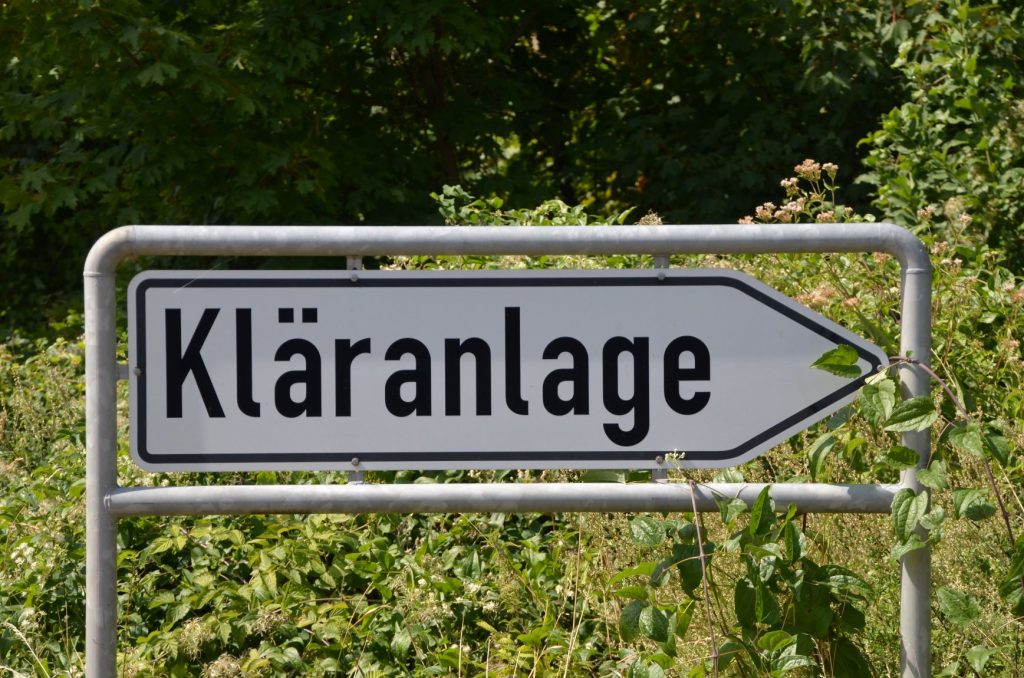Where are cables used? Chainflex cables in sewage treatment plants
Shery George | 15 March 2022
Recent contributions have dealt with crane systems, storage and retrieval units and robot applications. Today we will take a look at how and for what purpose chainflex cables are used in sewage treatment plants, because these are also among the areas of application for chainflex.

Special requirements for cables in sewage treatment plants
Sewage treatment plants serve to purify our waste water and should work as trouble-free as possible. Sewage treatment plants show increased requirements for our energy chains and cables. In addition to transmitting energy and data, the cables must also be able to withstand loads such as sun, wind, snow and ice. Our aim is to keep the cables maintenance-free. In this way, additional costs due to downtime can be avoided by our customers for years. This is just one reason why we test our cables so extensively.

What are the problems in sewage treatment plants?
Electrical energy is often supplied via cable drums. Unfortunately, these systems are often very prone to faults. This is why there are often cable breaks or corkscrews in the cable. Another cause of cable drum failure is freezing temperatures during the winter months.
The basic flizz
With the basic flizz® igus® has developed a real alternative to the cable drum. This is a low-maintenance system in which the energy chain and cables are installed in a system similar to a guide trough.

As the chainflex® cables and the basic flizz® are optimally matched to each other, breakdowns and time-consuming maintenance are now a thing of the past. The cables are protected by this system against both weather and dirt.
Where are cables used for motion in a sewage treatment plant?
The most common application for our cables in sewage treatment plants is its direct use at the clarification tank, e.g. at the sand trap, grease trap or longitudinal scraper. Motor and control cables are required here for the operation of pumps, trolleys, hoists and scraper blades. In modern sewage treatment plants, sensors and camera systems are increasingly used for monitoring. Bus cables are often used for data transmission in these systems.

Frequently used cables in sewage treatment plants
Due to the increased demands on cables in sewage treatment plants, it has proven itself over the years to use cables with very high-quality jacket materials. Besides PVC and PUR, chainflex cables are also available with TPE outer jackets. TPE (thermoplastic elastomers) is characterised amongst other things by particularly high UV resistance, high temperature resistance, hydrolysis and microbe resistance and high oil resistance.
The cables of the CF9 series have so far proved to be particularly suitable for use in sewage treatment plants. With this cable series, small bend radii can be achieved without any problems, even in extreme cold in winter. But even motor cables such as the CF34.UL.D and bus cables such as the CF.BUS are already providing reliable service in several hundred sewage treatment plants because of their identical specifications.
Conclusion
Our claim remains the same for sewage treatment plants: Tech up and Cost down. Do you want to optimise your application? Are you planning a new project? Talk to us. We shall be glad to help you!
